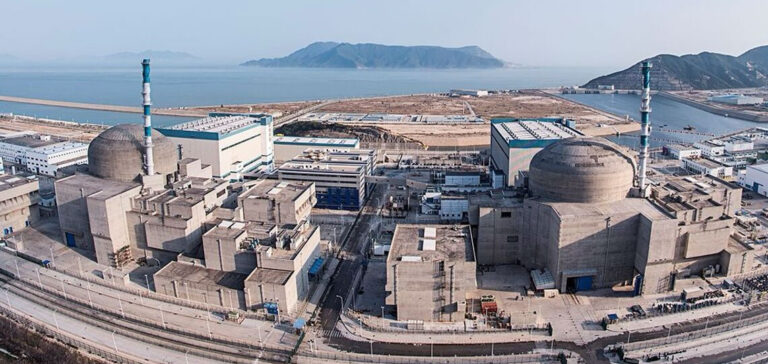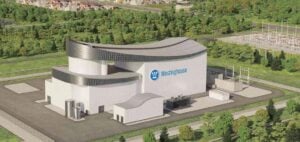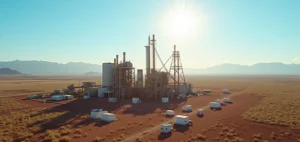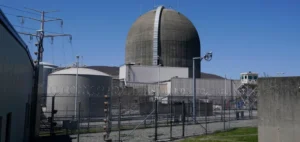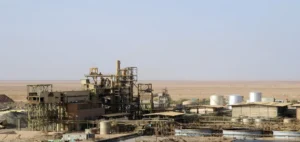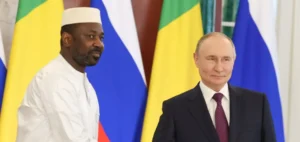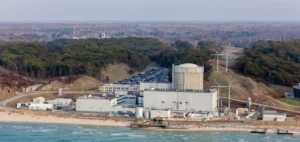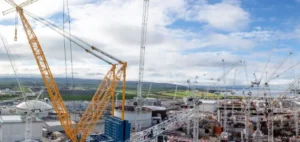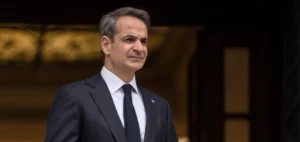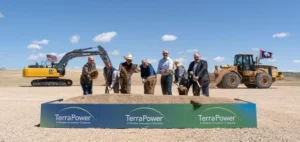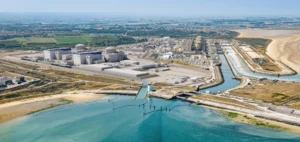The new Shidao Bay power plant in Shandong province is the first in the world to operate fourth-generation nuclear reactors. These high-temperature reactors, cooled by gas instead of pressurized water, represent a significant technological breakthrough. The official announcement by China News underlines China’s entry into a new era of nuclear energy.
Advantages of Small Modular Reactors (SMR)
Unlike conventional reactors, Shidao Bay’s Small Modular Reactors (SMRs) offer greater versatility. In addition to electricity generation, they can be used for heating, seawater desalination and steam production for industrial applications. These reactors represent a step forward in the diversification of nuclear energy applications.
Technological Autonomy and Decarbonization
This innovation is part of China’s ambition to reduce its dependence on coal and foreign technologies, particularly in a climate of growing tensions with the West. Over 90% of the plant’s equipment is of Chinese design, marking an important step towards the country’s technological autonomy.
Impact on Energy Transition
The Shidao Bay power plant, with a capacity of 200 MW, could play a key role in decarbonization and the global energy transition. SMR reactors are characterized by their compact architecture, low construction costs and modularity, enabling fast, efficient implementation.
Global Reactor Expansion SMR
According to the International Atomic Energy Agency (IAEA), more than 80 SMR projects are currently under development in 18 countries. This global trend towards safer, more flexible nuclear solutions is in line with the decarbonization objectives and energy challenges of the 21st century.
The inauguration of the Shidao Bay power plant in China represents a milestone in the development of nuclear energy. Technological advances and the commitment to clean, efficient energy underline the growing importance of SMR reactors in the global energy landscape.

